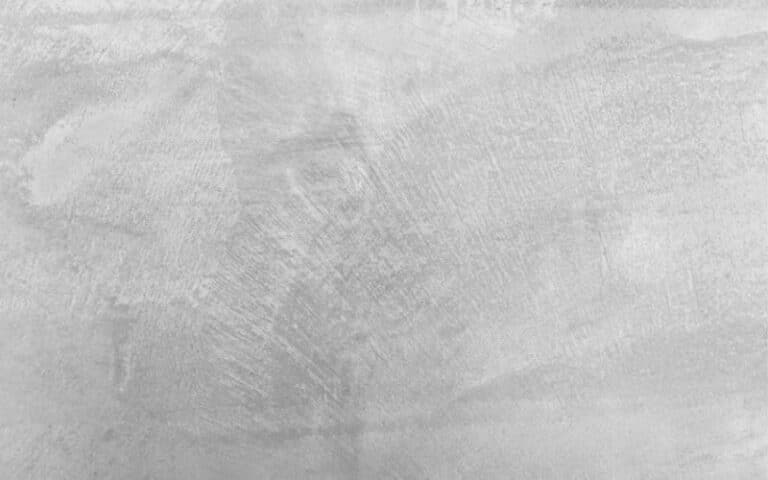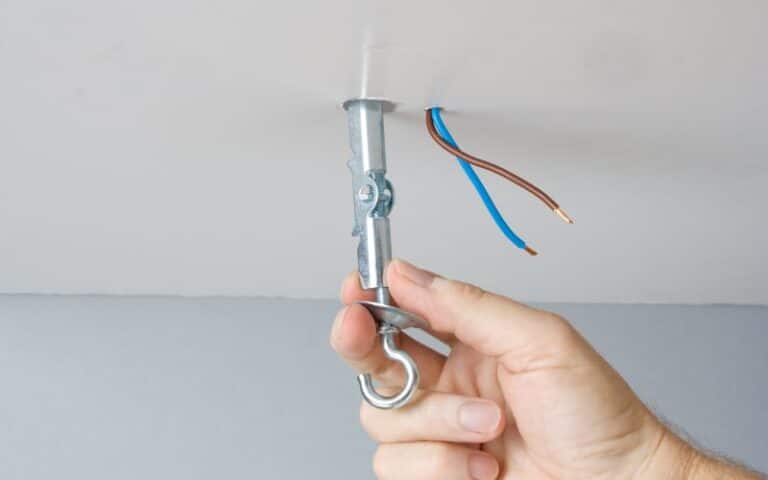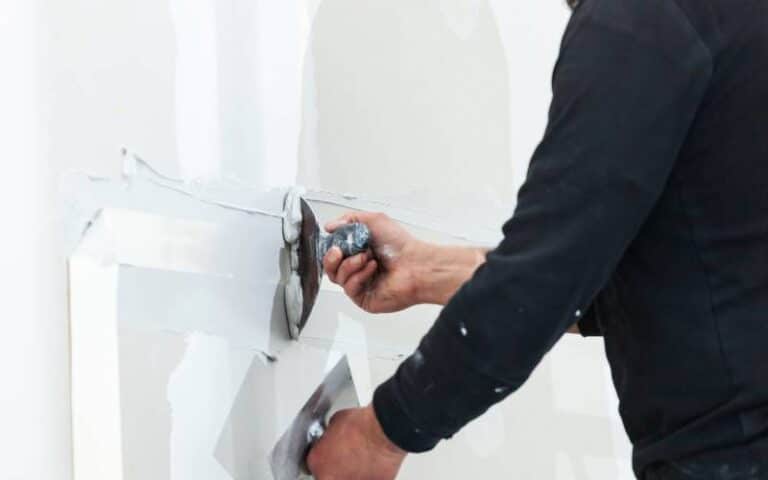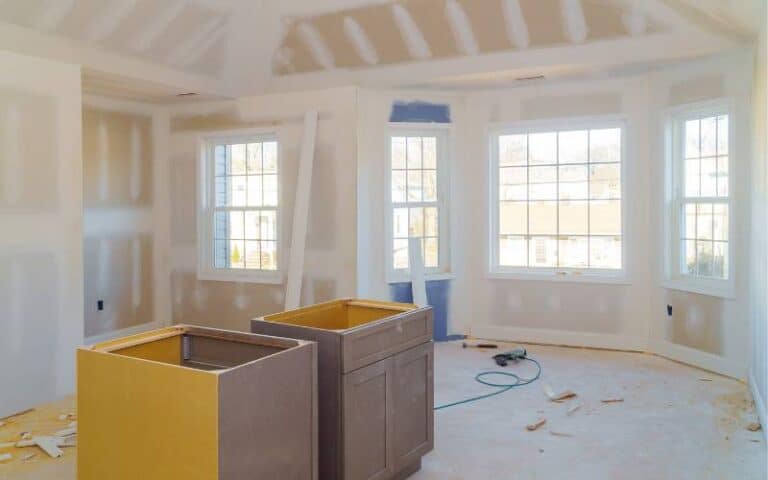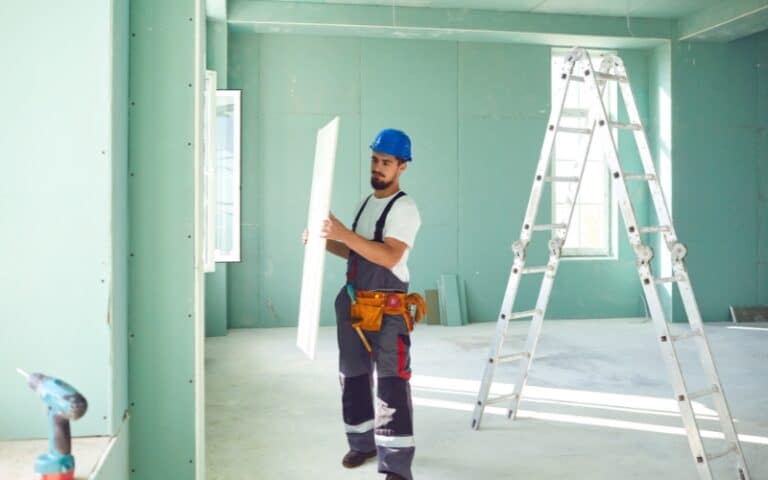Every homeowner dreams of using drywall to create the perfect finish and jaw-dropping interior to etch a lasting impression.
However, this dream is only possible when you utilize the best drywall mud for a smooth finish to cover the joints and corners.
But this realization crumbles when the drywall mud turns yellow abruptly. This could be a red flag as it might mean something is wrong.
Now, what could be the reason for this discoloration? Let’s find out!
Your drywall mud starts turning yellow when you expose it to heat that’s over 95°F. This heat contains gases that undergo partial combustion and release fumes. Hence, the fumes from the gases react with the mud, turning the drywall mud’s normal white color to yellow.
This article will explain the reasons your drywall turns yellow and provide solutions.
Furthermore, you’ll discover preventive measures to curb the yellow coloration of your drywall and lots more!
Ready for a Drywall Quiz?
Why Is My Drywall Mud Turning Yellow?
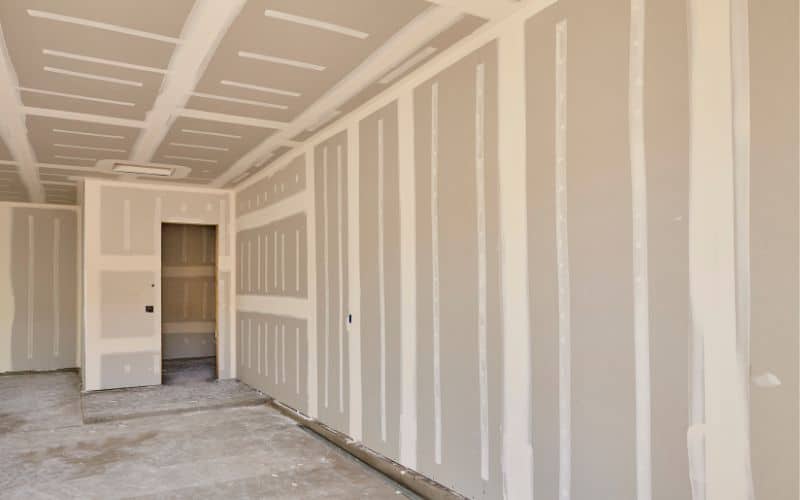
Drywall mud often turns yellow due to constant or prolonged exposure to heat above 95°F. The primary source of this heat could be electric heaters, stoves, and gas cookers.
These household appliances can generate heat that releases gases and fumes capable of causing the yellowing of your drywall mud.
You might wonder how that’s even possible. When you purchase drywall mud and place it close to these appliances when they are active, their heat could cause yellowing.
That’s because the heat contains gases that don’t combust completely and release fumes, causing a reaction between them and the mud, adversely affecting the mud’s color.
Admittedly, every homeowner often desires to purchase fresh drywall mud with a white color for a unique finish.
Hence, it’s disheartening to discover that the color changes from white to yellow.
Most times, the fault is not from the heat produced by the household appliances but from the source of purchase.
When you purchase drywall mud of low quality, the white color begins to change to yellow. In some cases, it changes from white to brown or other colors.
This could be a result of the use of low-quality materials during the manufacturing process.
Most times, the color doesn’t change immediately but begins to change after a few days or weeks.
Notwithstanding, it’s advisable to purchase drywall mud of high quality that’ll retain its white color and serve you in the long run.
The white color of the drywall mud makes your home neat and gives it a refreshing aura.
Additionally, you can consult a professional to recommend the best drywall mud to avoid unfortunate circumstances that’ll cost you repairs or replacements.
How Long Does It Take for Drywall to Turn Yellow?
It takes approximately 2-3 weeks for drywall to turn yellow. In other cases, it might take up to four weeks for the drywall to turn yellow.
However, this happens when you fail to prime your drywall on time. That’s why priming is a crucial part of drywall, as it provides an even blend of colors that make it stand out.
Hence, it’s vital to prime your drywall immediately after you use the drywall mud for the finish.
Also, priming prevents the yellowing of your drywall, thereby retaining its white color.
Unfortunately, some homeowners usually forget to prime their drywall, especially when hurrying to pack into their homes.
But this impatience could cost them as the color of their drywall will begin to change.
This impatience could emerge when you lack the funds to hire a professional to prime your drywall.
The great news is that you can efficiently perform priming at home without hiring an expert.
But how can you prime your drywall? First, you need to purchase the right tools for priming.
The table below contains the tools you need for priming and their uses.
| Tools | Uses |
|---|---|
| Primer | To create an even blend of colors, seal pores, and prevent the yellowing of drywall. |
| Drop cloth | Dust the drywall after sanding. |
| Paintbrush | To paint the drywall with colors. |
| Roller tray | To pour the paint for painting the drywall. |
| Paint roller | For easy and fast painting. |
You can utilize the following procedures to perform priming on your drywall.
- First, sand and vacuum the drywall to create a smooth area for priming.
- Use a drop cloth to dust off the particles from the drywall.
- Pour the primer on the roller tray and mix it properly.
- Dip the paint roller in the roller tray and apply the first coat of primer on the drywall evenly.
- Apply the second and third coats of primer on the drywall.
- You can use the paintbrush to paint other areas of the drywall that are not covered with the primer.
- Leave the primer to dry for at least 24 hours.
It’s advisable to use latex primer as it’s the best for priming your drywall and lasts for a long time. Nonetheless, if this process is long, you can consult a professional to assist you in priming.
How to Prevent Drywall Mud from Turning Yellow?
It’s nerve-wracking to discover that your new drywall mud is turning yellow, especially when you have a lot of DIY projects to carry out.
However, using the proper storage procedures, you can prevent drywall mud from turning yellow.
Drywall mud is highly susceptible to turning yellow on constant exposure to heat. Hence, it’s best to keep the drywall mud away from heat.
Preferably, store drywall mud at room temperature (68-73°F). The room’s temperature shouldn’t be 95°F as it’ll cause the yellowing of the drywall mud.
Most drywall mud comes in premixed form; in other words, they contain a balance of water and drywall mud. Hence, the storage procedure for this drywall mud type is slightly different.
First, you must fill the surface of the drywall mud with clean water before you store it at the right temperature conditions.
Additionally, you must pour the water away before you use it for your drywall. Furthermore, you must keep your drywall mud from direct sunlight to prevent yellowing.
This practice is quite common among homeowners, adversely affecting the drywall mud.
It’s best to bring the drywall mud inside your home and keep it in a warm area immediately after purchase.
Furthermore, it’s not wise to keep the drywall mud where you are using any electric appliance as the heat from them could change the color of your drywall mud.
If you will not use the drywall mud immediately, then it’s best to keep it in a warm/cool area.
How Do You Remove Yellow Stains from Drywall?
Yellow stains are always bad news and ruin your perfect interior decór, making your home look shabby.
Homeowners often fail to notice the yellow stains on time, and it spreads to most parts of the home.
Nonetheless, you don’t need to worry about it as you can easily eliminate the stains no matter how difficult they seem.
So how can you get rid of the yellow stains? Let’s dive deeper!
#1. Dishwashing Soap and Water
This combination is simple and effective, provided you carry it out properly. Dishwashing soap contains chemicals that readily react to these surfaces and remove the stain.
Add 5 spoons of dishwashing and 1 cup of water in a bowl and mix properly. Dip a clean cloth in the bowl and apply the mixture to the yellow stains.
Scrub gently until the yellow stains disappear.
#2. Vinegar and Water
Vinegar is widely known for its cleaning properties, and it’s no different in this case, as it can remove yellow stains from your drywall.
Mix 2 cups of vinegar and 1 cup of water into a bowl. Dip a clean cloth in the mixture and apply it to the yellow stains.
Note that the quantity of vinegar and water differs depending on the extent of the yellow stains, as you can use more or less.
#3. Wall Cleaner
A wall cleaner is another effective tool for cleaning the yellow stains on your drywall. It comes in different forms, so you can choose the one you prefer to remove the yellow stains.
Does Yellowing Drywall Need to be Replaced?
Yellowing drywall doesn’t need to be replaced, as you can easily cover it up by replacing the parts that have undergone damage.
Furthermore, you can coat it with a primer to conceal the yellowing parts. Nonetheless, you can replace it if the damage is severe.
You can do this by removing the part that has undergone yellowing and fixing a new drywall.

